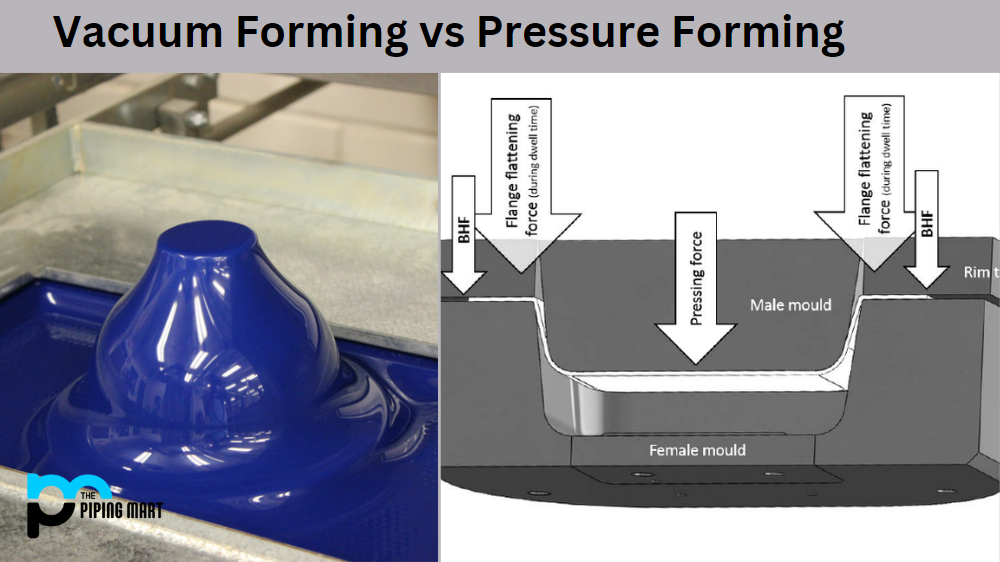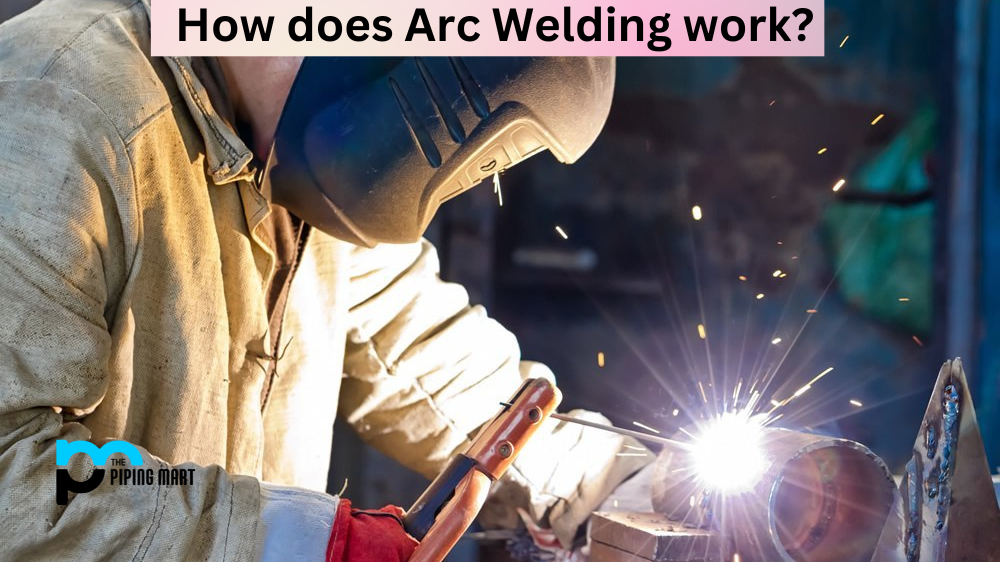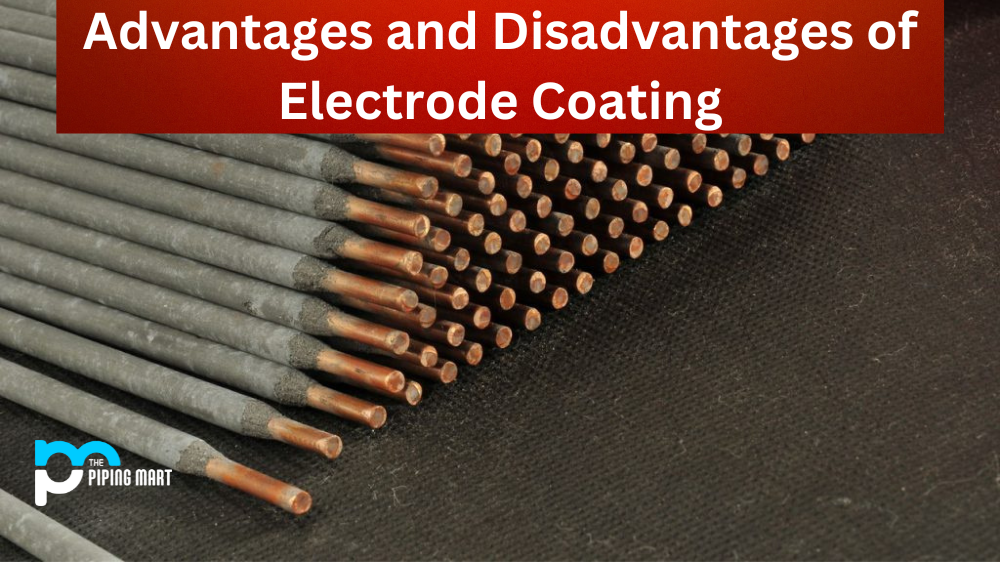Manufacturers worldwide are always looking for the best methods of producing plastic products. Two of the most popular methods are vacuum forming and pressure forming. While both approaches have advantages, understanding their differences can help manufacturers choose the most suitable method. This blog post delves deeper into vacuum forming and pressure forming to help you determine the better option.
What is Vacuum Forming?
Vacuum forming, also known as thermoforming, is a manufacturing process that involves heating sheets of plastic until they become pliable, then positioning them over a mould and using a vacuum to remove the air between the mould and the material. The pressure differential between the atmosphere and the mould creates a suction that forces the material to take the shape of the mould.
Vacuum forming is best suited for making significant and shallow products, such as product trays, medical equipment housings, and point-of-purchase displays. Vacuum forming has several advantages, including low tooling costs, speedy production, and the ability to produce products in various colours, textures, and finishes.
What is Pressure Forming?
On the other hand, pressure forming is another thermoforming process that involves heating a sheet of plastic until it’s flexible and then draping the sheet over a mould. The mould is then clamped on the edges, and high pressure is applied to the centre of the plastic sheet, driving it down into the mould. This results in more detail than vacuum forming and is suitable for producing more complex and detailed products, such as aeroplane components, medical equipment, and automotive parts.
Pressure forming has several advantages, including creating parts with a deep draw depth, unparalleled accuracy, and superior surface detail. However, pressure forming generally involves higher tooling costs than vacuum forming, which takes longer.
Differences between Vacuum Forming and Pressure Forming
The primary difference between vacuum forming and pressure forming lies in applying force. While vacuum forming relies on suction to shape the plastic material, pressure development involves using high pressure to formulate it tightly over a mould. There are also some other key differences between the two processes, such as:
Complexity of Products
Vacuum forming is best suited for producing superficial and shallow products, while pressure forming is more appropriate for creating more complex and detailed parts.
Material Strength
Vacuum forming produces lighter, more flexible parts better suited for light-duty applications, while pressure forming produces thicker and stronger parts suitable for more heavy-duty applications.
Cost
Vacuum forming generally has lower tooling costs, while pressure creating has higher prices due to increased accuracy.
Which Should You Choose?
Both vacuum forming and pressure forming have their unique advantages and limitations. Therefore, choosing the most suitable method depends on several factors, such as the size and complexity of the parts, the material required, and the expected production volume. Manufacturers should consult with a plastic manufacturing expert to determine the best method for their needs.
Other Differences
- Vacuum forming is a process that uses a vacuum to suck a plastic sheet onto a mould.
- Pressure forming is a process that uses pressure to push a plastic sheet onto a mould.
- Vacuum forming is typically used for smaller parts, while pressure forming is used for more significant amounts.
- Vacuum forming is less expensive than pressure forming.
- Pressure forming results in a higher quality part than vacuum forming.
Conclusion
Choosing between vacuum forming and pressure forming can be challenging, especially for plastic product manufacturers new to the industry. However, understanding the differences between these two thermoforming processes is the first step in making an informed choice. Both methods offer distinct advantages, and by evaluating your specific needs and consulting with a plastic manufacturing expert, you can decide which way is the best for your unique manufacturing needs.
Meet Heer, a dynamic and driven writer learning tricks of her trade in the metal industry. With a background in Digital Marketing, Heer brings a unique perspective to her writing, sharing valuable insights. Apart from blogging she like reading and hiking.




